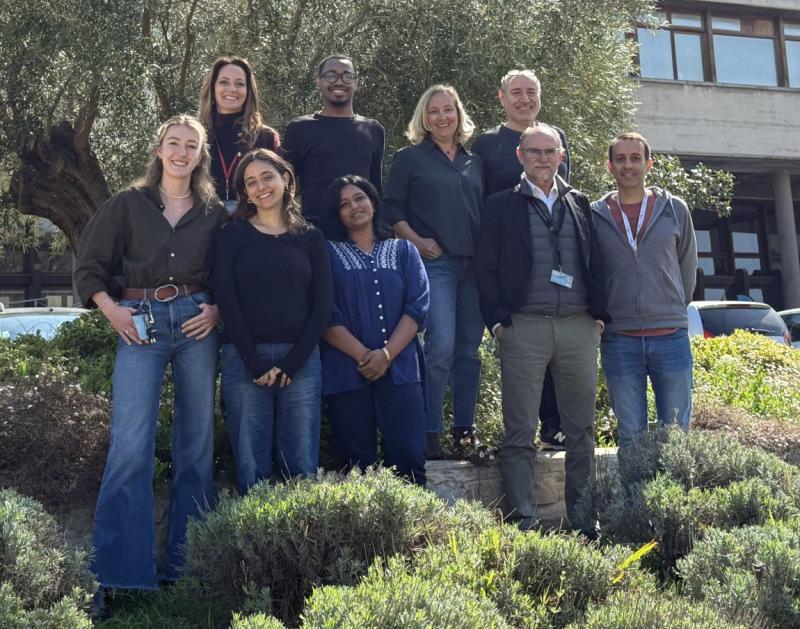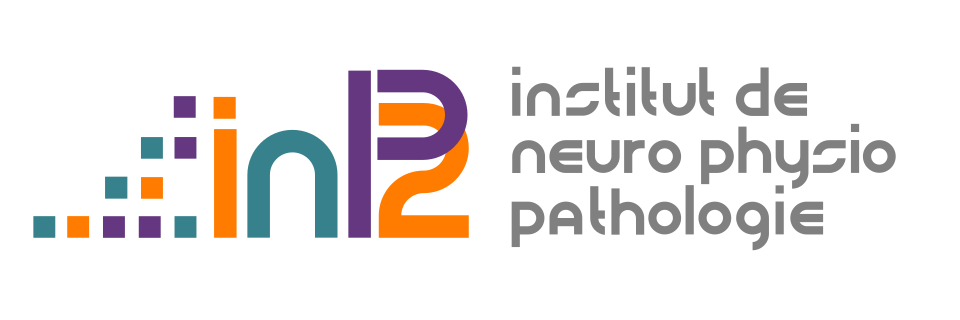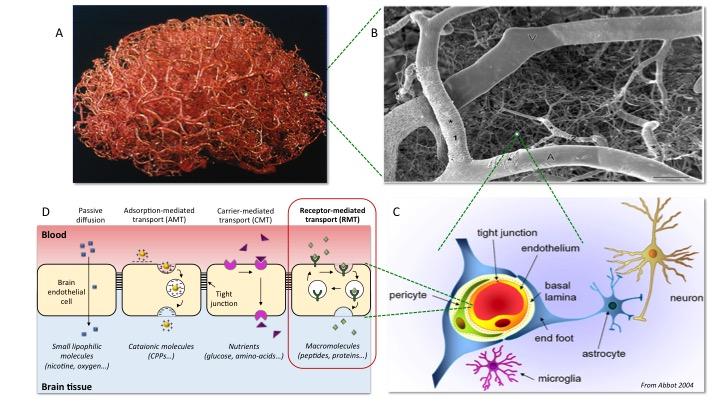The specific objectives of the BBB & Neuroinflammation team are to pursue ongoing collaborations with the other INP teams addressing: i) BBB inflammation in neurodegenerative diseases, APP processing, cytokines and the role of the MMP/TIMP system (S. Rivera team); ii) neural stem cells and induced human pluripotent stem cells (hiPS technology) for the development of human in vitro BBB models (F. Féron and E. Nivet teams); iii) gliomas, tumour processes (D. Figarella-Branger, L’H. Ouafik, H. Kovacic teams) and targeted anti-cancer nanoparticle design and development (D. Braguer); iv) imaging of intracellular trafficking in endothelial cells (C. Leterrier team). The BBB & Neuroinflammation team and its partners pursue their research at different levels of integration, ranging from chemistry and drug design, molecular and cellular neurobiology, to the most integrated studies with animal models of pathology, behaviour, learning and memory (F. Roman team), and preclinical studies. Transfer and valorization for the team’s research are optimized by the original structure of the INP as a “Laboratoire Commun de Recherche” (LCR), which integrates the academic teams mentioned above and VECT-HORUS.
1. Inflammation de la BHE dans les pathologies neurodégénératives
We pursue our studies on the transcriptome/proteome of diseased brain microvessels prepared from animal models of neurodegenerative diseases, at different stages of the pathology, and from CNS endothelial cells in culture (in vitro BBB systems), treated or not with molecules that modulate inflammation. Molecules of interest and critical signalling pathways are identified using systems biology approaches. With VECT-HORUS, we also pursue the development of in vitro BBB models based on hiPS stem cell technology that will allow implementation of such models based on human cells.
These cells can be derived from patients, and we are developing co-culture models of the neuro-glia-vascular unit (collaboration E. Nivet and S. Rivera). Results obtained in vitro will be confronted with in vivo data obtained from brain microvessels of animal models and from human.
2. Identification de nouveaux récepteurs cibles de la BHE et development of de molécules vecteurs optimisées
Receptor-mediated transcytosis/transport (RMT) is considered as the safest and most efficient strategy to transport drugs or imaging agents into the brain. Different laboratories and biotech companies have focused on a “first generation” family of receptors expressed at the BBB, but also in organs of the periphery, draining vectorised molecules and potentially eliciting secondary or toxic effects. There is thus a need to identify “second generation” receptors that are expressed at the inflamed BBB and as BBB-specific as possible. In collaboration with VECT-HORUS we pursue our studies on the transcriptome/proteome of CNS endothelial cells from animal models of neurodegenerative diseases and from human in vitro BBB models based on iPS technology. Brain endothelial cell receptors identified as targets of interest are being validated. In parallel, we also implement high throughput screening of stable cell lines expressing receptors of interest and purified receptor domains with peptide and nanobody libraries to identify molecules (hits) that bind the target receptors (NANOVECTOR ANR project). Finally, we develop and optimize peptide or nanobody hits as bona fide vectors and evaluate their transport potential across the BBB.
3. Dévelopment de nouveaux agents d’imagerie et thérapeutiques vectorisés
Once validated (efficacy, BBB-specific, non toxic), novel vectors are conjugated to imaging agents or drugs of interest, either off-patent organic drugs, bio-molecules (siRNAs, endogenous peptides, enzymes, antibodies), or proprietary molecules of the biotech and pharma industry. Conjugates are assessed for their potential to cross the BBB and reach the nervous tissue to elicit efficacy. They will be further developed as new chemical entities up to preclinical studies before licensing to pharma or biotech partners.









